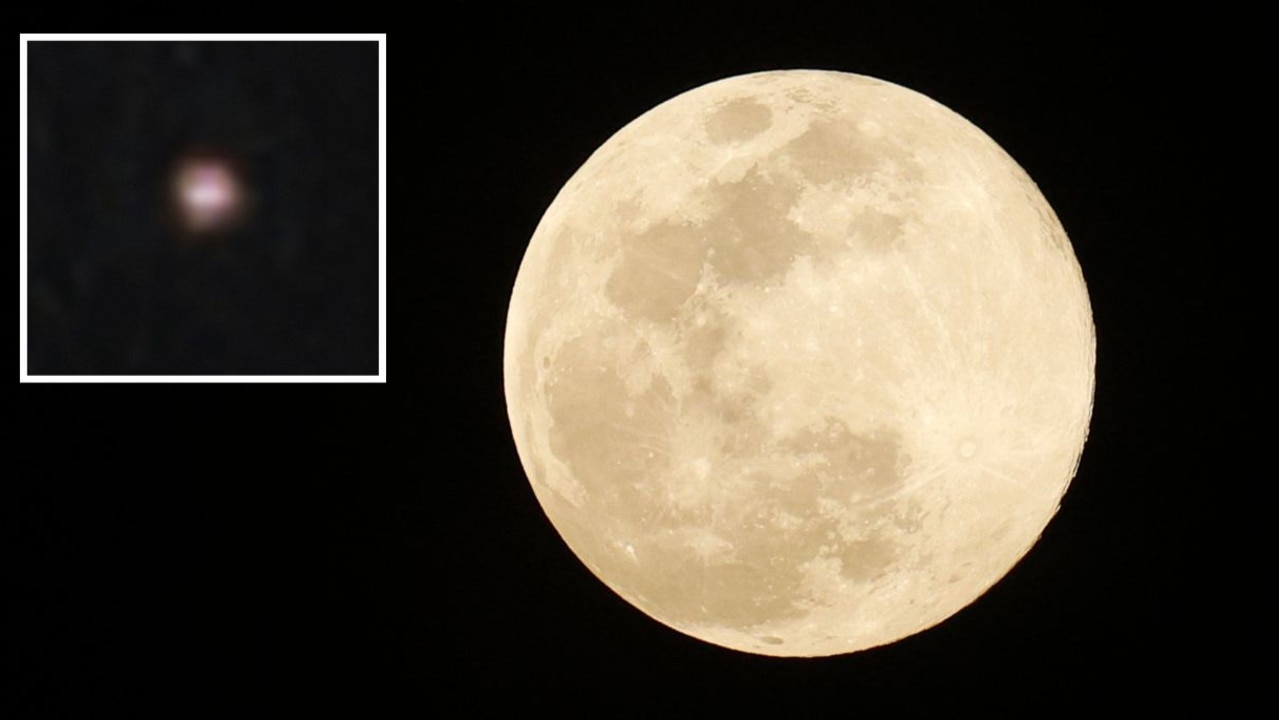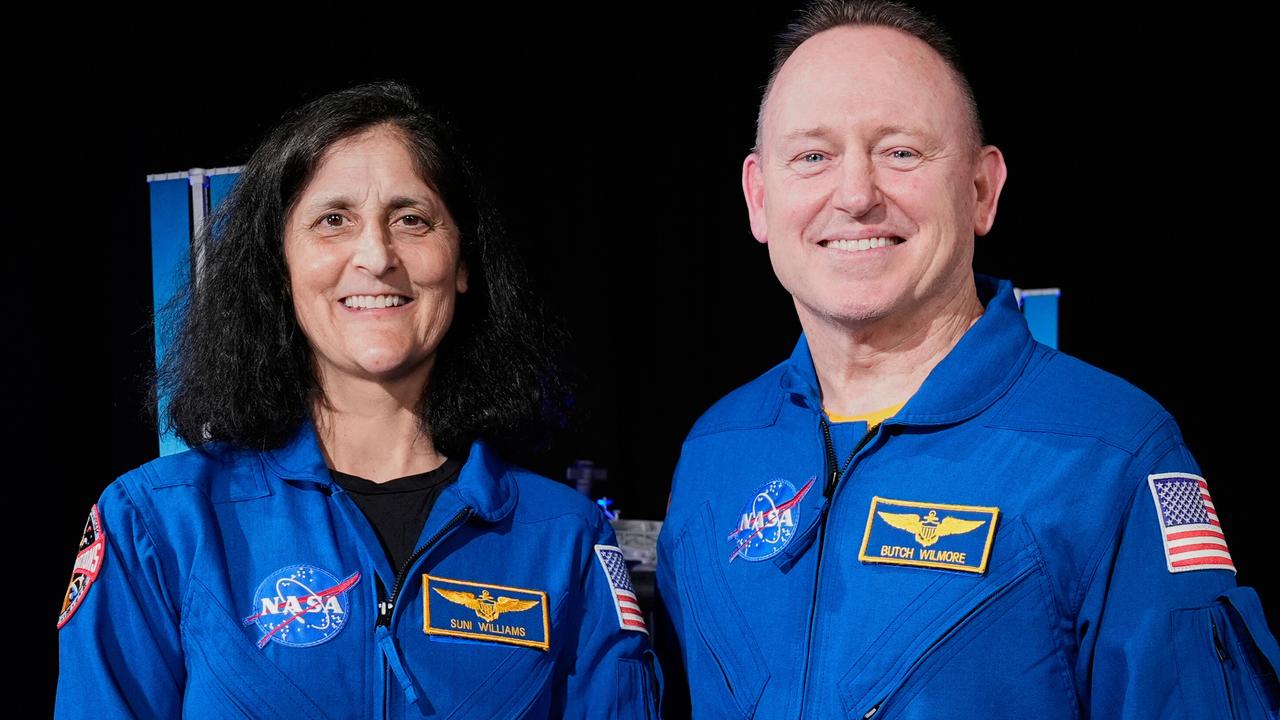‘What am I going to do?’: Rescued NASA astronauts reveal horror moment they almost drifted into space
The two NASA astronauts who spent nine month in space have revealed the terrifying problem they encountered when trying to dock on the International Space Station.

Space
Don't miss out on the headlines from Space. Followed categories will be added to My News.
The two NASA astronauts who unexpectedly spent nine month on the International Space Station (ISS) have revealed the terrifying moment their spacecraft malfunctioned when approaching the ISS and they almost drifted into space.
Butch Wilmore and Suni Williams were stuck in space for 286 days after Boeing’s Starliner developed propulsion issues on what was supposed to be an eight-day round trip to test out the spacecraft.
Speaking to Ars Technica after their safe return to Earth last month, the veteran astronauts revealed the “very precarious situation” they found themselves in when the Starliner lost four of its 28 control system thrusters while trying to dock at the ISS, leaving Mr Wilmore unable to fully control the aircraft.
According to NASA’s flight rules, the pair – who were just a stone’s throw away from the ISS at the time - were supposed to turn around and return to Earth after the malfunction.
But Mr Wilmore said he had his doubts. He was left to contemplate if it was riskier to return home or continue to approach the space station without all of the working thrusters.
“I don’t know that we can come back to Earth at that point,” he told the technology publication.
“I don’t know if we can. And matter of fact, I’m thinking we probably can’t.”
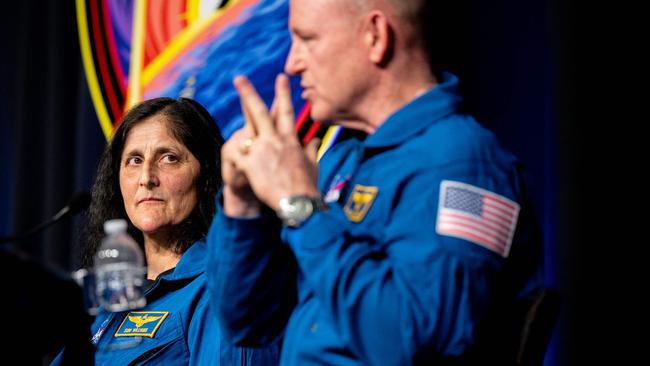
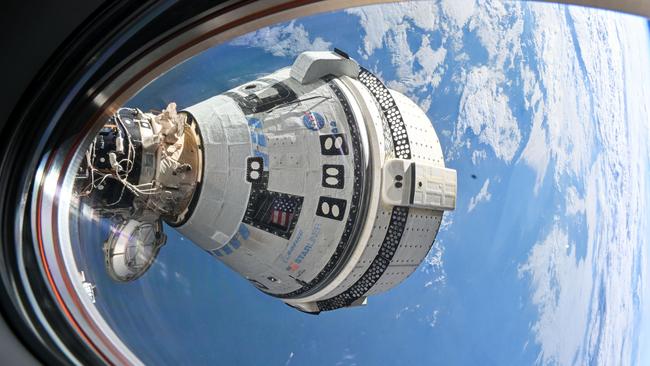
During the time, Ms Williams said: “There was a lot of unsaid communication, like, ‘Hey, this is a very precarious situation we’re in’.”
“I think both of us overwhelmingly felt like it would be really nice to dock to that space station that’s right in front of us. We knew that they [Mission Control] were working really hard to be able to keep communication with us, and then be able to send commands. We were both thinking, what if we lose communication with the ground?”
“We don’t know exactly what is happening, why the thrusters are falling off, and what the solution would be,” she added.
At the time, Mr Wilmore said their craft was “not exactly level with the station”, which was in a nose-down position. Instead, they were positioned below it.
“If you’re below the station, you’re moving faster. That’s orbital mechanics. It’s going to make you move away from the station,” he said.
“So I’m doing all of this in my mind. I don’t know what control I have. What if I lose another thruster? What if we lose comm? What am I going to do?”
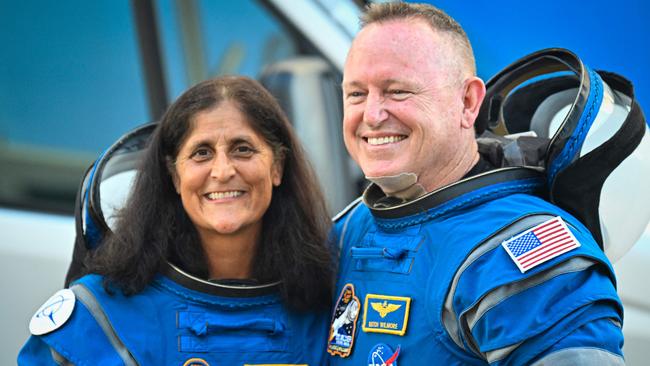
Ms Williams said the Starliner is based on a vision system, meaning it uses the space station as a frame of reference
“We didn’t lose the station ever, but we did start to deviate a little bit,” she explained.
“I think both of us were getting a bit nervous then because the system would’ve automatically aborted us.”
To try and solve the issue - NASA which decided to waive its flight rules - attempted to reboot the thrusters. But it meant Mr Wilmore had to give up control of Starliner while they were drifting away from the space station.
“That was not easy to do,” said Mr Wilmore.
After the reboot, two of the four thrusters managed to come back online. But the issues weren’t over.
“Now we’re back to single-fault tolerant (a system’s ability to continue functioning correctly even if a single component or part of the system fails). But then we lose a fifth jet,” said Mr Wilmore. “What if we’d have lost that fifth jet while those other four were still down? I have no idea what would’ve happened.”
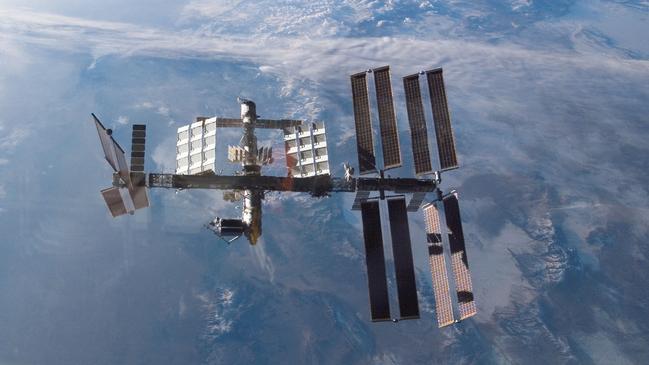
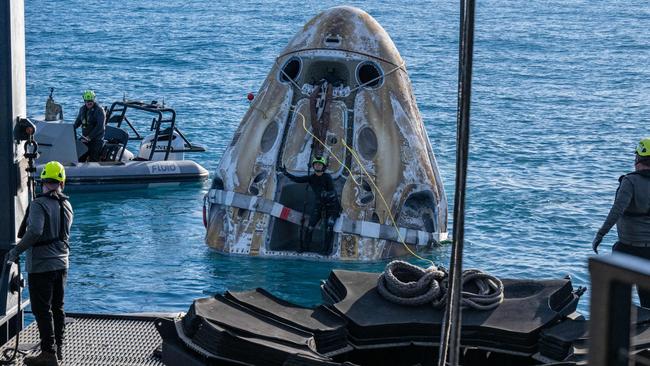
Mission Control decided to attempt to recover the failed thrusters again and managed to recover all but one.
The craft was able to be flown autonomously and safely docked on the space station.
Ms Williams said she was “super happy” with the outcome.
“I did this little happy dance. One, of course, just because I love being in space and am happy to be on the space station and [with] great friends up there. Two, just really happy that Starliner docked to the space station,” she said.
“My feeling at that point in time was like, ‘Oh, phew, let’s just take a breather and try to understand what happened.’”
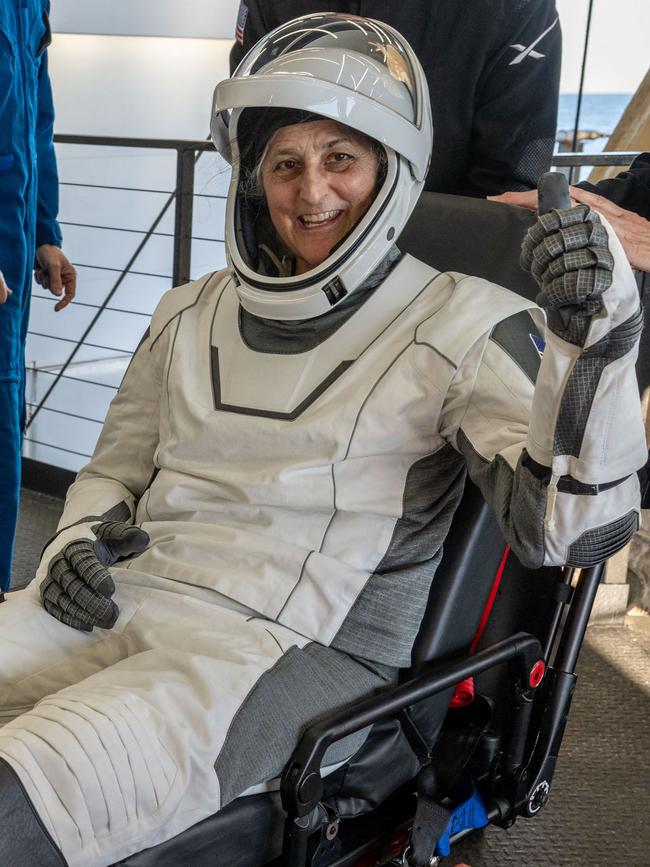
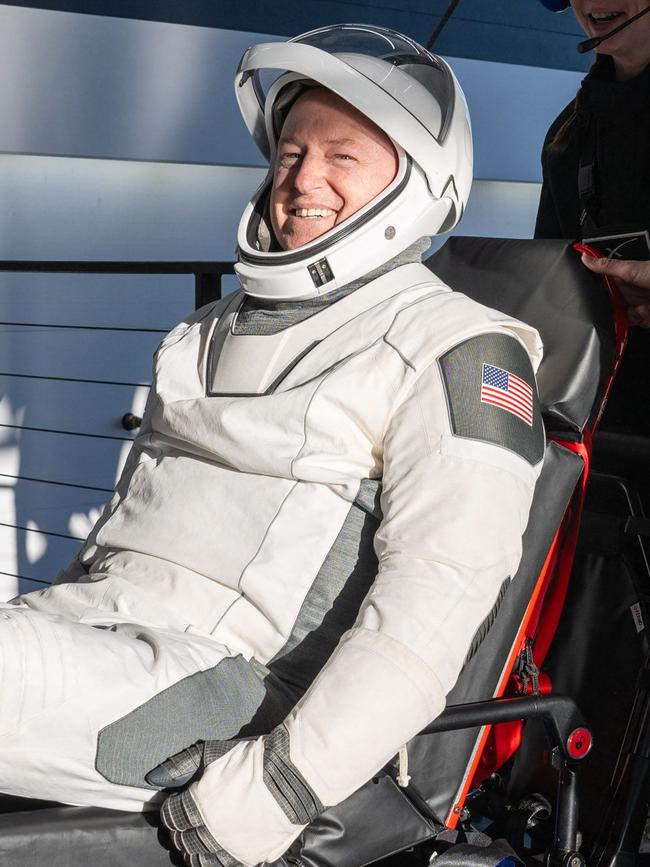
Although they managed to safely dock the Starliner, both Ms Williams and Mr Wilmore suspected the craft wouldn’t be able to get their home.
“I was thinking, we might not come home in the spacecraft. We might not. And one of the first phone calls I made was to Vincent LaCourt, the ISS flight director … I said, ‘OK, what about this spacecraft, is it our safe haven?’” said Mr Wilmore.
“I was very sceptical, just because of what we’d experienced. I just didn’t see that we could make it.”
In the end, the Starliner returned to Earth empty last year and Mr Wilmore and Ms Williams travelled home on the SpaceX Dragon capsule, which splashed down in Florida on March 18.
NASA astronaut Nick Hague and Russian cosmonaut Aleksandr Gorbunov were also on board the craft.
After splash down, Mr Hague could be heard telling mission control the crew were “grinning ear to ear”.
Originally published as ‘What am I going to do?’: Rescued NASA astronauts reveal horror moment they almost drifted into space




